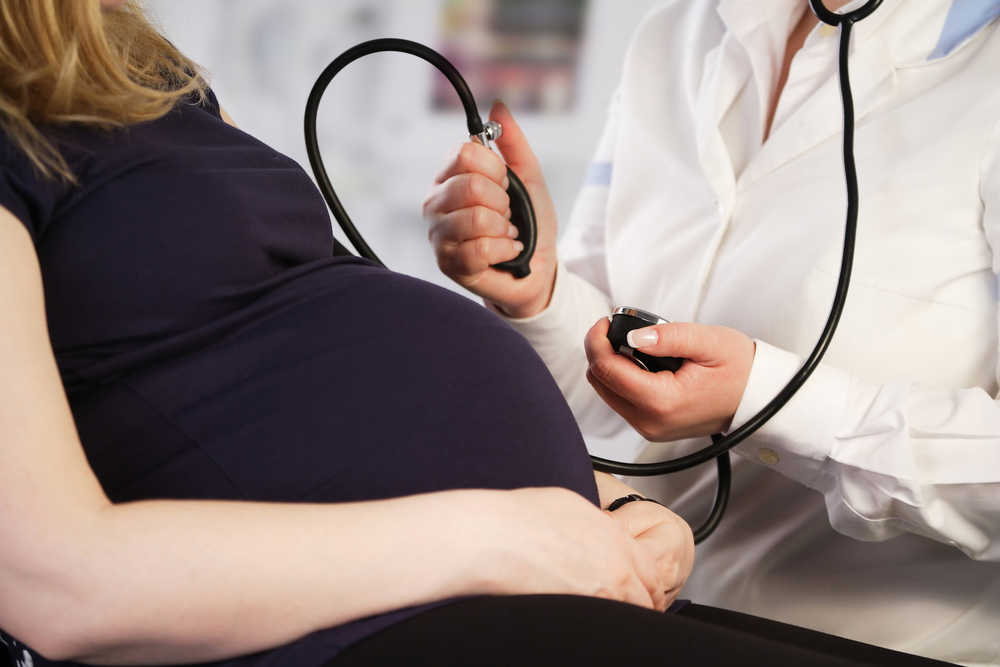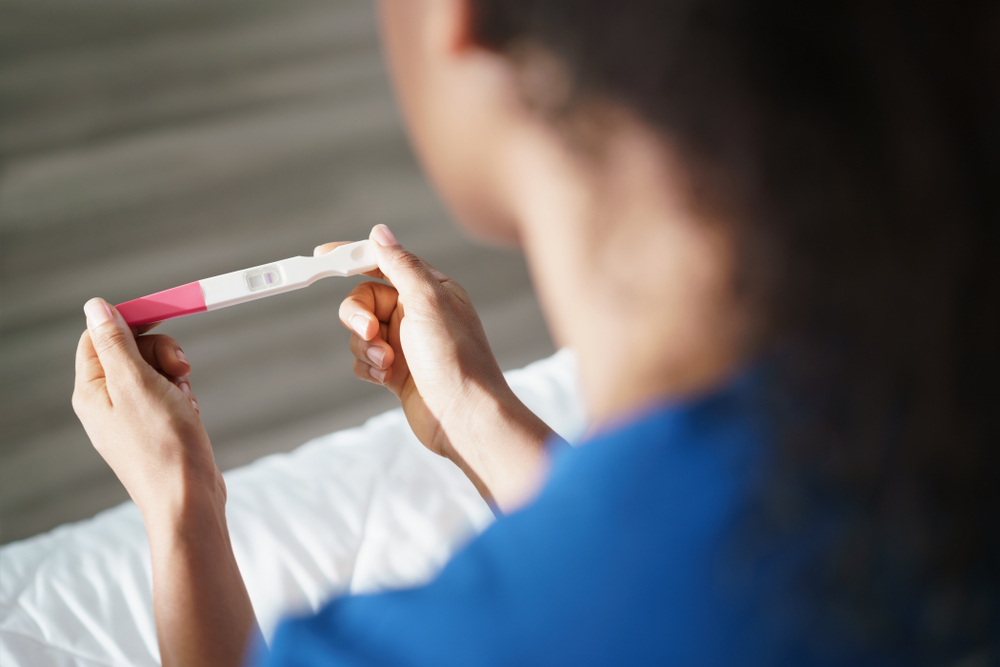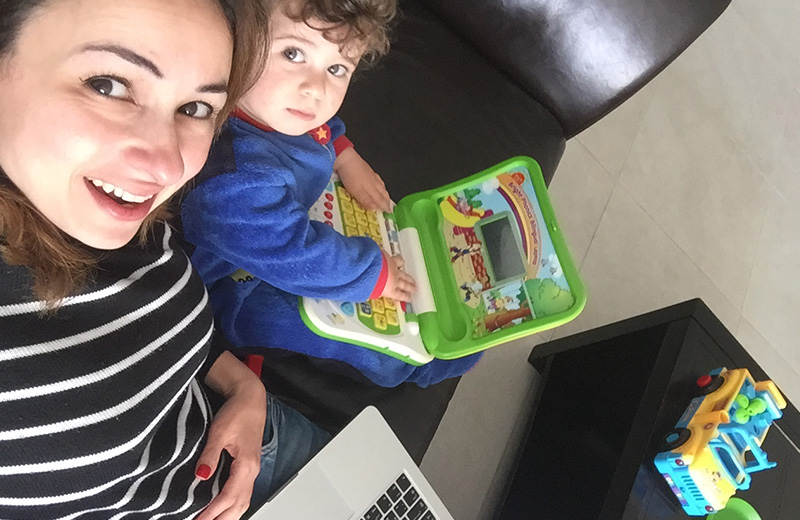Preeclampsia: Causes, Signs and Management

What is preeclampsia?
Preeclampsia is a condition during pregnancy that usually begins after 20 weeks, though in some cases it occurs even earlier. It only affects about 5 percent of pregnancies. Preeclampsia is characterized by high blood pressure, protein in the urine and signs of damage to another organ system, most often the liver or kidneys during your pregnancy.
What causes preeclampsia?
The cause of Preeclampsia is likely involved with the lining of blood vessels in the placenta–the organ that nourishes the fetus throughout pregnancy. In women with preeclampsia, these blood vessels don't seem to develop or function properly and are narrower than normal blood vessels. They also react differently to hormonal signaling, limiting the amount of blood that can flow through them.
What symptoms are associated with preeclampsia?
Preeclampsia sometimes develops without any symptoms or indications, but often high blood pressure develops either slowly or suddenly. Monitoring blood pressure is an important part of prenatal care as it is usually the first sign of preeclampsia.
Other signs and symptoms of preeclampsia may include:
-
a persistent headache
-
abnormal swelling in the hands and face
-
sudden weight gain
-
changes in your vision
How is Preeclampsia treated?
Preeclampsia is not cured until the baby is delivered.
If the woman is far from the end of her pregnancy and her symptoms are mild, the doctor may advise her to rest in bed. Resting helps bring the blood pressure down, that in turn increases the flow of blood to the placenta, which benefits the baby.
On the other hand, if preeclampsia is diagnosed close to the end of the pregnancy, the doctors may advise delivering the baby as soon as possible.
What tests can be performed if the doctor suspects preeclampsia?
-
Blood tests.
Your doctor will order liver function tests, kidney function tests and also measure your platelets — the cells that help blood clot. -
Urine analysis.
Your doctor will ask you to collect your urine for 24 hours, for measurement of the amount of protein in your urine. A single urine sample that measures the ratio of protein to creatinine — a chemical that's always present in the urine — may also be used to make the diagnosis. -
Fetal ultrasound.
Your doctor may recommend close monitoring of your baby's growth, typically through ultrasound. The images of your baby created during the ultrasound exam allow your doctor to estimate fetal weight and the amount of fluid in the uterus (amniotic fluid). -
Nonstress test or biophysical profile.
A nonstress test is a simple procedure that checks how your baby's heart rate reacts when your baby moves. A biophysical profile uses an ultrasound to measure your baby's breathing, muscle tone, movement and the volume of amniotic fluid in your uterus.
Takeaway
Make sure you attend your prenatal visits so that your doctor can monitor your blood pressure. Contact your doctor immediately or go to an emergency room if you have severe headaches, blurred vision or other visual disturbance, severe pain in your abdomen, or severe shortness of breath. All these symptoms are common pregnancy complaints, so you might not know if these symptoms indicate a serious problem or not.
References:
- https://www.mayoclinic.org/diseases-conditions/preeclampsia/diagnosis-treatment/drc-20355751
- https://www.medicalnewstoday.com/articles/252025.php https://www.healthline.com/health/preeclampsia
- http://americanpregnancy.org/pregnancy-complications/preeclampsia/
- https://www.medicinenet.com/pregnancy_preeclampsia_and_eclampsia/article.htm
-
http://americanpregnancy.org/pregnancy-complications/preeclampsia/
-
https://www.medicinenet.com/pregnancy_preeclampsia_and_eclampsia/article.htm



















